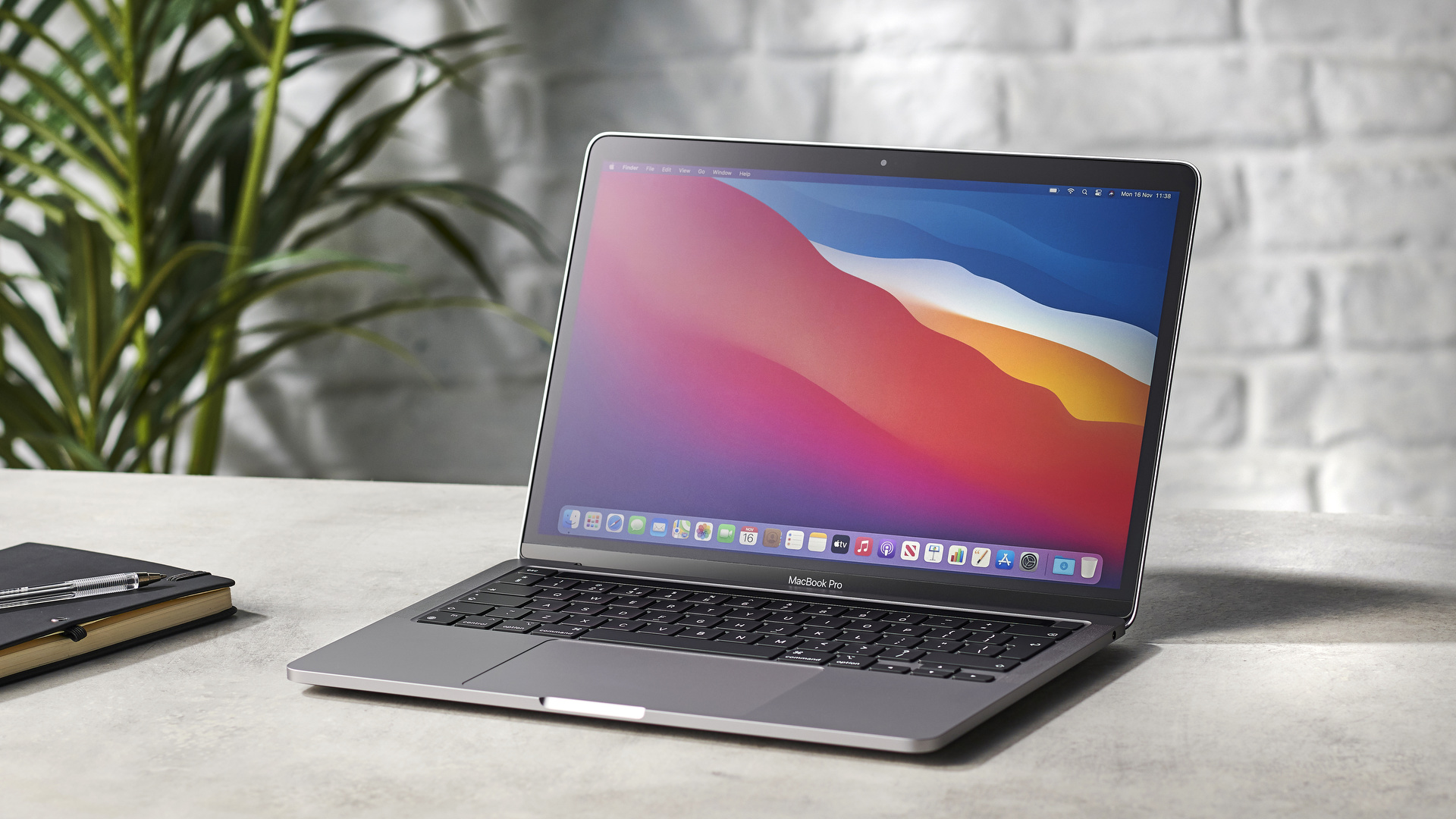

In order to use those services, it is recommended that you should also have them installed on your local machine before deploying your databases to the cloud directly.Īs per the definition from the official website – “ PostgreSQL is a powerful, open-source object-relational database system that uses and extends the SQL language combined with many features that safely store and scale the most complicated data workloads“. Postgres is also available on all the major public cloud services like AWS, Azure, and GCP. Postgres has been popular for analytical workloads as well since it has support for column-store index and in-memory storage as well. Postgres is an open-source relational database system that can be used to develop a wide variety of data-based applications.
#Sequel pro for mac m1 install
Socket =/Applications/XAMPP/xamppfiles/var/mysql/mysql.In this article, I am going to discuss different ways in which you can install and setup Postgres Database on a Mac. # The following options will be passed to all MySQL clients # If you want to know which options a program supports, run the program # In this file, you can use all long options that a program supports. # ~/.my.cnf to set user-specific options. # installation this directory is /Applications/XAMPP/xamppfiles/var/mysql) or # mysql-data-dir/my.cnf to set server-specific options (in this # an important part, or systems up to 128M where MySQL is used together with # This is for a system with little memory (32M - 64M) where MySQL plays

The highlighted portion of the config file below is where you change the port number: my.cnf # Example MySQL config file for medium systems. Click Open Conf File and change the port number in the file.The Configure window for XAMPP’s MySQL service. When starting XAMPP’s MySQL, if it says that it cannot connect to the port number, then changing it to a new one will help. If you are unable to restart MySQL after, you can also try this command to directly start XAMPP’s MySQL server: $ sudo /Application/XAMPP/xamppfiles/bin/rver startĪrticle continues after the advertisement: c. Tip: If you have multiple mysql processes and don’t know which want to stop, you can also stop ALL MySQL processes with sudo killall mysqld. Restart MySQL in manager-osx and you will be good.Now, you need to kill this process, by using the following command: kill -9, so for me the final command will be: kill -9 362._mysql 362 0.0 0.0 35192992 3396 ? Ss Sun10PM 0:21.82 /usr/local/mysql/bin/mysqld -user=_mysql -basedir=/usr/local/mysql -datadir=/usr/local/mysql/data -plugin-dir=/usr/local/mysql/lib/plugin -log-error=/usr/local/mysql/data/ -pid-file=/usr/local/mysql/data/ -keyring-file-data=/usr/local/mysql/keyring/keyring -early-plugin-load=keyring_file=keyring_file.so In my case, the process is named _mysql, so I need its process ID, which is 362 (highlighted below). After getting processes, you need to get the process ID of the processes named mysql.

This will show you the processes with mysql in its name.

Then copy and insert this next command: ps aux | grep mysql.Open Terminal, paste this command: sudo su and type in your password.
#Sequel pro for mac m1 how to
Here’s a guide (by Apple) on how to do this. Note: To run the following commands, you will need to be able to log in as a root user on your macOS. Instead of using the Activity Monitor, you can also find and close existing mysqld processes using macOS’s Terminal. Killing existing MySQL processes using Terminal Removing existing mysqld processes using the Activity Monitor.


 0 kommentar(er)
0 kommentar(er)
